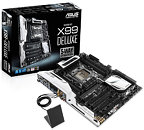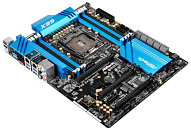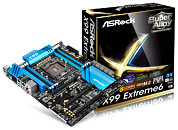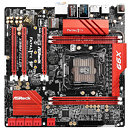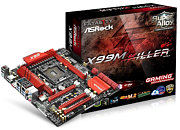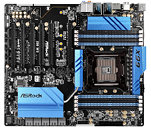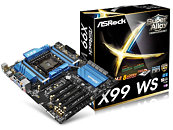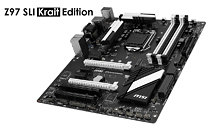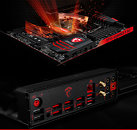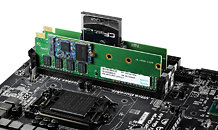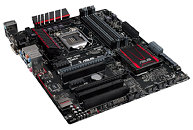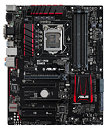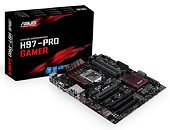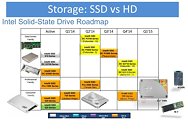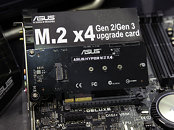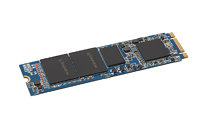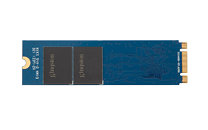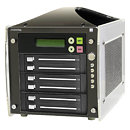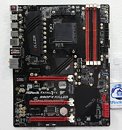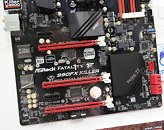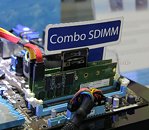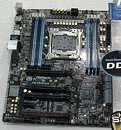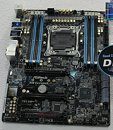
ASUS X99-Deluxe Leads Company's Mainline
ASUS will address the socket LGA2011-3 motherboard market with three of its brands, the gamer and overclocker-centric ROG (Republic of Gamers), the durable TUF (The Ultimate Force) brand, and its mainline brand, which features a balanced feature-set between the two. Its flagship motherboard will be the X99-Deluxe. Pictured below, this ATX motherboard is one of the most feature-rich ever built by ASUS. It draws power from 24-pin ATX and 8-pin EPS power connectors. The CPU is powered by an 8-phase VRM, and the memory by a 4-phase one. The socket is flanked by eight DDR4 DIMM slots. Expansion slots include four PCI-Express 3.0 x16, one PCI-Express 2.0 x16 (electrical x4), and an additional PCI-Express 2.0 x4.
Storage connectivity on the ASUS X99-Deluxe includes twelve SATA 6 Gb/s ports, one SATA-Express 10 Gb/s port, and a "standing" M.2 slot with PCI-Express 2.0 x4 physical layer. There are 14 USB 3.0 ports in all (ten on the rear panel, four by headers). Network connectivity includes two gigabit Ethernet interfaces (both driven by Intel-made controllers), 802.11 ac WLAN, and Bluetooth 4.0. The 8-channel onboard audio, dubbed Crystal Sound 2, features a high SNR DAC, audio-grade electrolytic capacitors, a headphones amp circuit, and ground-layer isolation.
Storage connectivity on the ASUS X99-Deluxe includes twelve SATA 6 Gb/s ports, one SATA-Express 10 Gb/s port, and a "standing" M.2 slot with PCI-Express 2.0 x4 physical layer. There are 14 USB 3.0 ports in all (ten on the rear panel, four by headers). Network connectivity includes two gigabit Ethernet interfaces (both driven by Intel-made controllers), 802.11 ac WLAN, and Bluetooth 4.0. The 8-channel onboard audio, dubbed Crystal Sound 2, features a high SNR DAC, audio-grade electrolytic capacitors, a headphones amp circuit, and ground-layer isolation.
